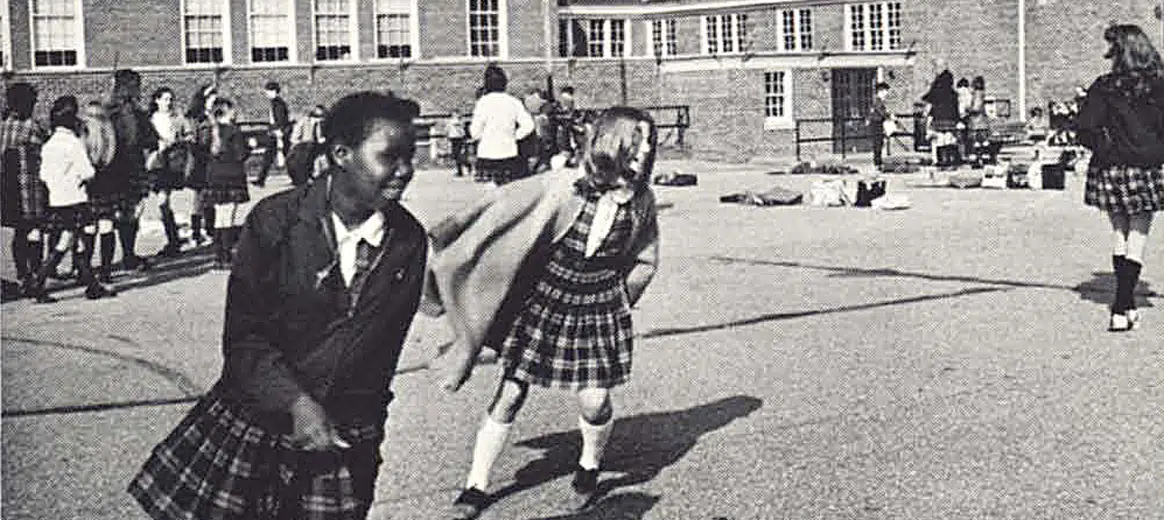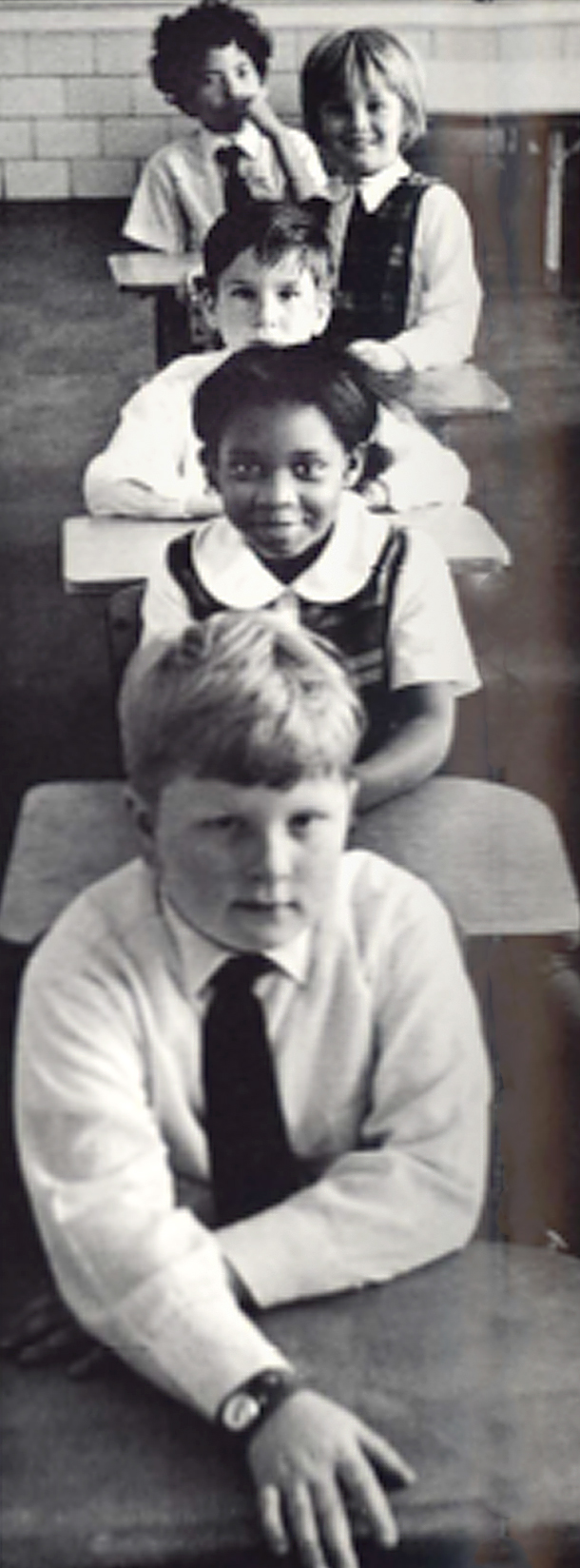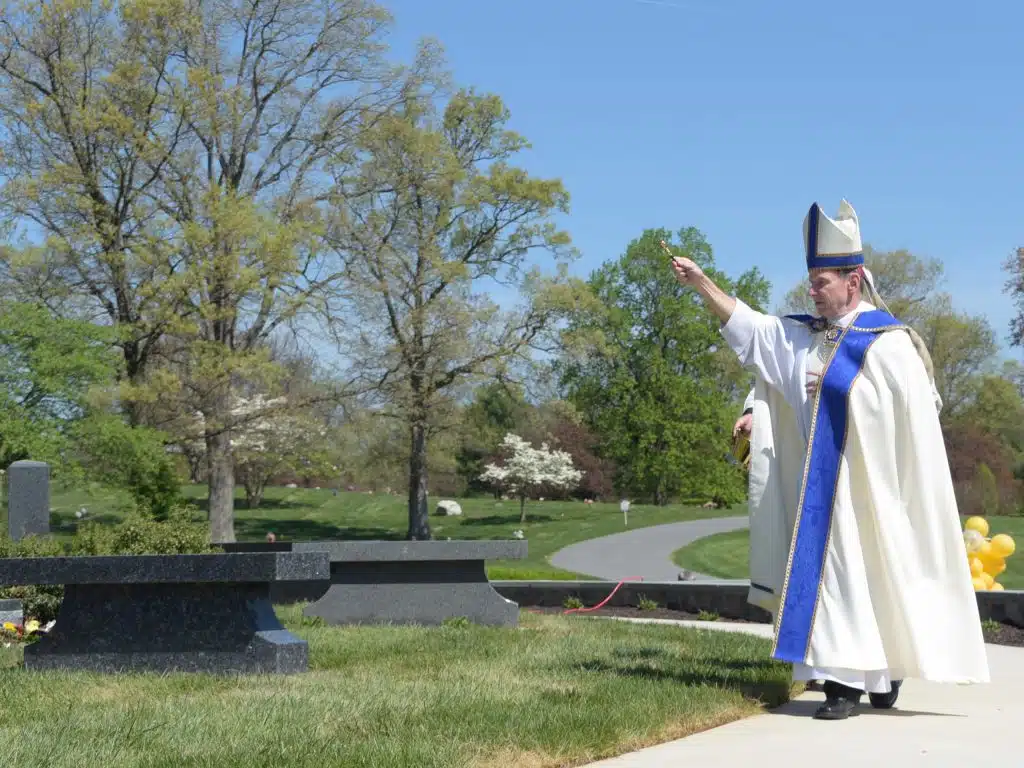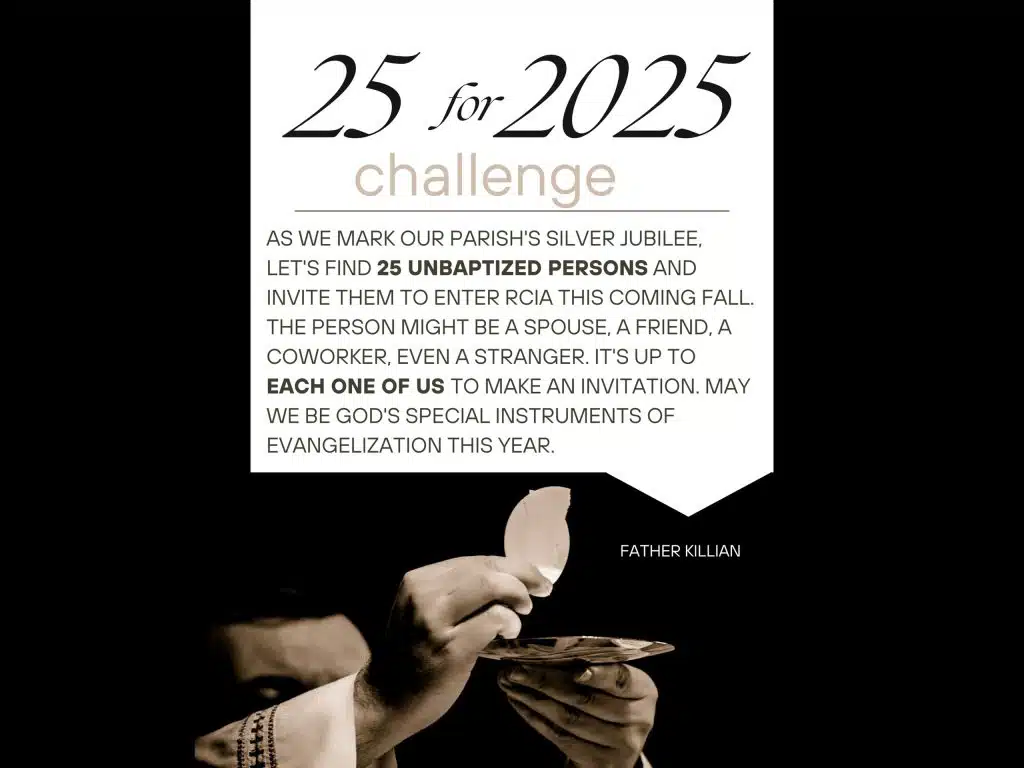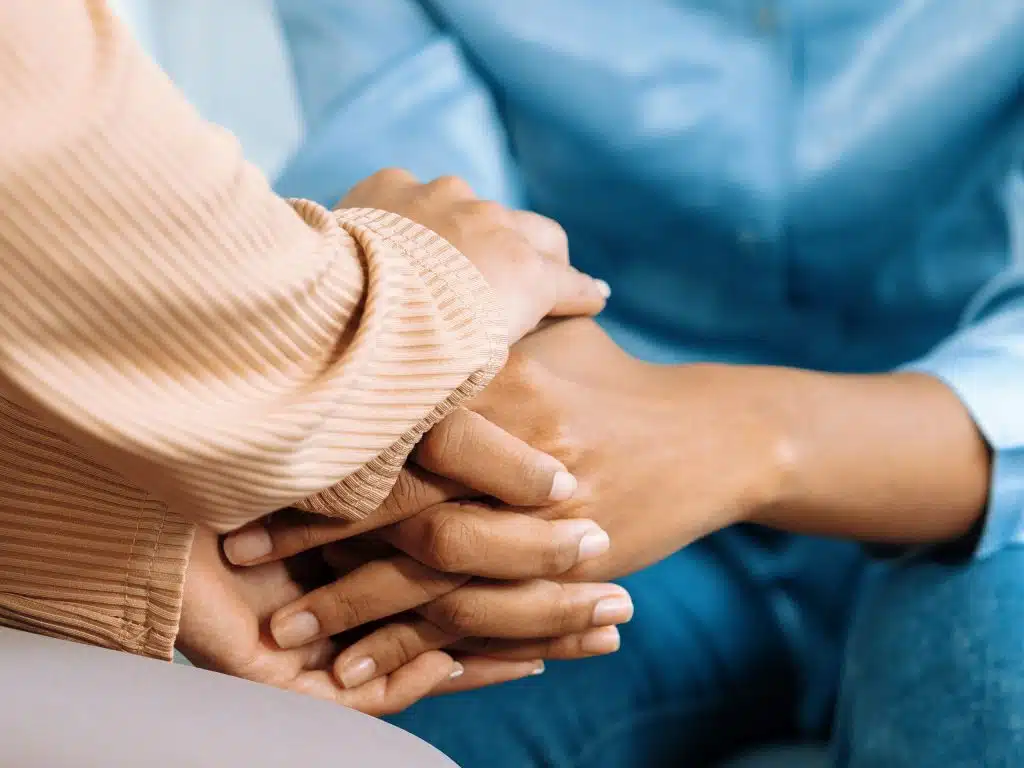This summer, Cecilia Braveboy helped organize a prayer service for peace and racial healing at her home parish since childhood, Our Lady, Queen of Peace Church in Arlington. The recent shootings and riots across the nation sadly reminded her of the unrest she had lived through during the civil rights movement of the 1960s.
As with many in her generation, Braveboy remembers the overt injustices of segregation. In her lifetime, much has changed but she believes much more must change for America to achieve racial harmony.
“It was so important for the church to be the healing part in (the civil rights movement), to be a part of the tears, the anger,” she said. “Church makes a big difference, and the church cannot be silent about racial discrimination.”
Virginia Catholics and segregation
The history of the segregation in the Catholic church is full of people who courageously stood up to discrimination along with those who failed to act, or actively furthered the injustice. Before the civil rights movement, “black people were always sitting in the back (of the church),” said Braveboy. “It’s hard to say this, but in a lot of places black people were denied communion. Black people knew which priests in which church gave them the sacraments.”
In the Arlington Diocese, which was part of the Richmond Diocese until 1974, two parishes — St. Joseph Church in Alexandria, founded in 1915, and Queen of Peace, founded in 1945 — were formed by black Catholics looking for a safe and fair place to worship.
Some priests and religious took part in the civil rights movement. Nuns of the Society of Christ Our King from Danville, Va., participated in civil rights protests. When Richmond Bishop John J. Russell asked all members of the religious life not to take part in public demonstrations, they hosted nonviolent civil rights teach-ins at their convent.
In 1961, the pastor of St. Stephen the Martyr Church in Middleburg, Father Albert F. Pereira, helped desegregate the entire town. At that time, President John F. Kennedy and his family frequently took weekend getaways to the area, and would attend Sunday Mass at St. Stephen. One day that spring, black students from Howard University in Washington came to the town and were denied service at a restaurant.
Protestors from all over the area planned to picket on a Sunday, which Father Pereira knew could disrupt the Mass. He, the town mayor and the local NAACP chapter worked together to facilitate the desegregation of town’s public places, avoiding a large protest.
That Sunday, Father Pereira told his congregation, “Let us pray together today that understanding and love may exist between the races, and that from now on, the area of communication may be broadened so that Negroes will have the opportunity of becoming first-class citizens.”
Desegregating the Catholic schools
In 1954, the Supreme Court decision Brown v. Board of Education desegregated public schools across the United States, though due to massive resistance in Virginia, many public schools weren’t desegregated until years later Richmond Bishop Peter L. Ireton desegregated Catholic schools on the eve of the Supreme Court decision.
St. Mary’s Academy in Alexandria, an all-girls school, was the first in the commonwealth to desegregate, said alumna Doris Woisard. “The nuns reminded us to welcome the young ladies (Elizabeth Brooks- Evans and Rebecca Butler) to our school. Most of us did so. There were some segregationists in the class and the nuns were there to inhibit any outbursts or other demonstrations,” she said.
As soon as Braveboy’s mother heard the news of school desegregation, she wanted to enroll her children at St. Thomas More School in Arlington. Before that, Braveboy and her two brothers attended a school for African-American children at St. Joseph Church. But it was far from their home, and they had to rely on public transportation to get there.
One evening, Braveboy and her brother had to stay late and when they left, a thick snow had begun to fall. The bus took forever to arrive, and when it did, it didn’t stop for the two black children, who then decided to walk. Fortunately, a passerby saw them trudging through the snow and drove them home.
“I think it was the last straw for my mom,” said Braveboy. “She went and knocked on the door of Msgr. Arthur Taylor (then the pastor of St. Thomas More) and said why not? We were the first ones in North Arlington to desegregate schools.”
Deacon Al Anderson of St. Joseph was the first black deacon ordained in the Arlington Diocese. He was also one of the few black students at his Catholic high school in Norfolk during the time of segregation. By and large, he is appreciative of his schooling, but it was not without its challenges.
As a freshman, a football teammate told Deacon Anderson to “keep my black hands off his equipment.” Deacon Anderson’s dad then took him off the team, not wanting to expose his son to that treatment.
“The reality was (the school environment) was a reflection of society. … You’re going to have some really good people and you’re going to have some knuckleheads,” he said.
Braveboy feels she mostly was shielded from the racist attitudes of society by her parents and the nuns at school. Once, her parents received threatening calls and people protested when she attended a roller skating trip with local Girl Scouts.
“That was the only time I felt, what’s going on?” said Braveboy. In 1965, she graduated from Bishop O’Connell High School in Arlington, where she served as the head of the student council.
Black Catholics today
Over the years, black Catholics rediscovered their African roots and African-American heritage. After the Second Vatican Council, while most Catholic musicians were playing folk music on the guitar, black Catholics began to singing Gospel music. The Black Catholic Congress, which hadn’t met in nearly 100 years, reconvened in 1987.
Braveboy and her husband, Wilfred, helped spearhead the inclusion of black Catholic culture at their parish. In 1997, she began a prayer ministry called Minkisi, which focuses on African-American spirituality.
Braveboy believes segregation still exists in the church today, though perhaps not maliciously. She hopes churches will be more intentional about including black Catholics and African-American culture in the life of the church.
Besides the lively music, hallmarks of black Catholic culture include a joyful spirit, friendliness and fellowship, said Deacon Anderson. “If you go to a black church, they’re going to feed you.” After Sunday Mass at St. Joseph, people will talk downstairs in the church hall until 3 p.m. “That’s the communal aspect of our faith,” he said.
As chairman of the Arlington Black Catholic Ministries, Deacon Anderson helps strengthen black Catholics by hosting a yearly day of reflection. This year’s event, themed “Getting married and staying married,” will be held at Our Lady of Good Counsel Church in Vienna Nov. 19. In the evening, there will be a unity Mass involving African-American and African Catholic communities.
In addition to constant prayer, Deacon Anderson says the church can aid African-Americans by being more involved in the community and in prison ministry. He urges priests to preach about racial harmony from the pulpit.
“Church has always been a big part of our culture,” he said. “It helped get us through slavery. During the civil rights movement, you had church leaders out at the front — Martin Luther King Jr., priests and nuns were involved. Now, I think what’s going to help is that churches have to take a more active role.”
This story has been edited on 11/8/2016.
